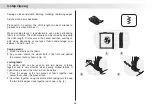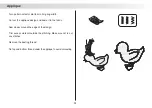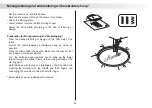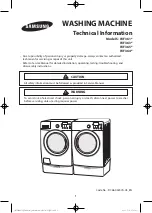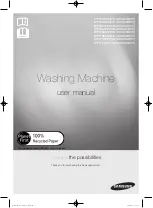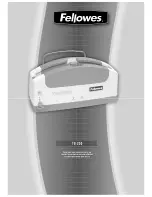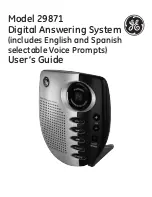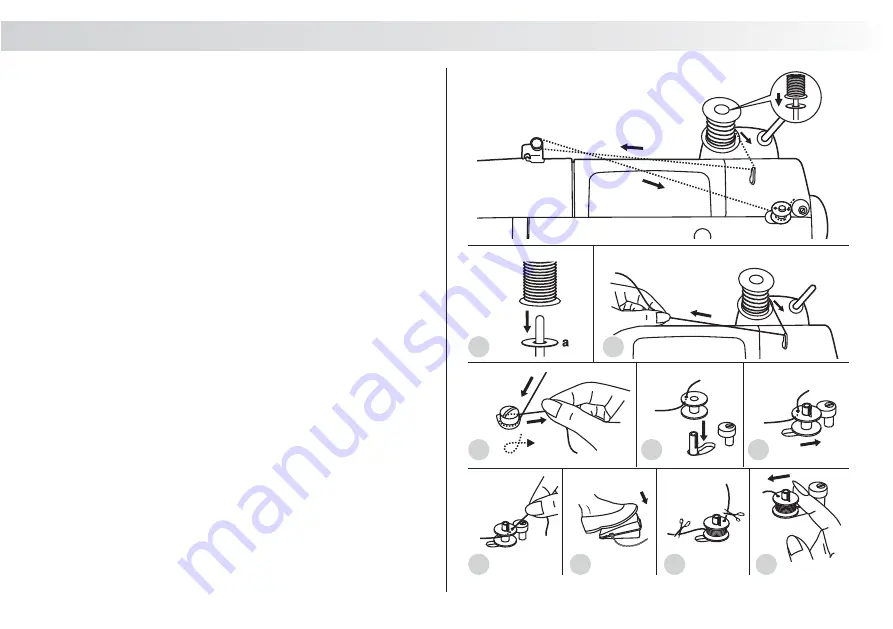
Winding the bobbin
- Place the thread and spool pin felt (a) onto the spool pin. (1)
- Pass the thread through the thread guide. (2)
- Wind thread clockwise around bobbin winder tension discs. (3)
- Thread bobbin as illustrated and place on spindle. (4)
- Push bobbin spindle to right. (5)
- Hold thread end. (6)
- Step on foot control pedal. (7)
- Release the pedal after a few turns. Release the thread and
cut as close as possible to the spool. Press the pedal again.
Once the spool is full, it rotates slowly. Release the pedal and
cut thread. (8)
- Push bobbin spindle to left (9) and remove.
When the bobbin winder spindle is in "bobbin winding" position,
the machine will not sew and the hand wheel will not turn. To
start sewing, push the bobbin winder spindle to the left (sewing
position).
Please Note:
1
2
5
3
4
6
8
7
9
9



























